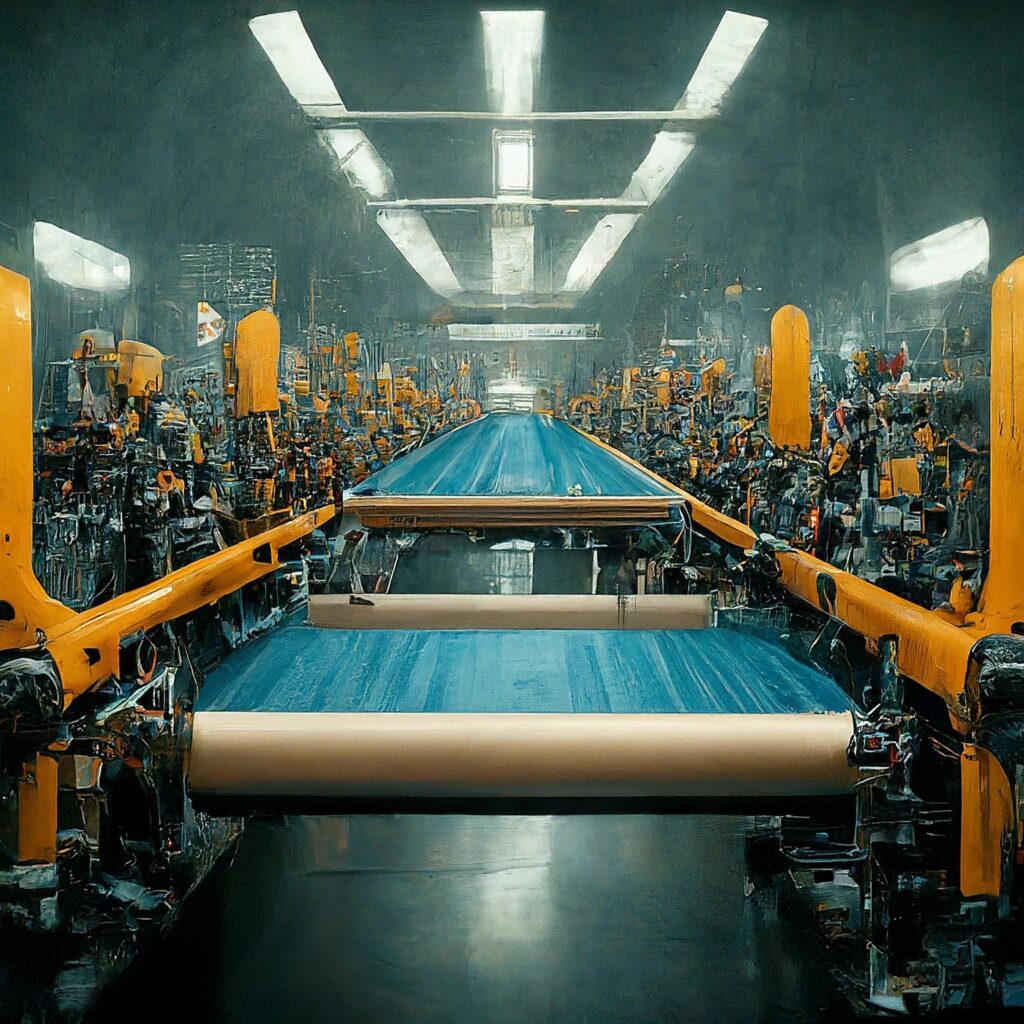The Future of Non-Woven Interlining: Innovations, Trends, and Applications
As we look towards the future of the fashion and textile industries, one material could be the best non-woven interlining. Whether you’re a seasoned designer or a hobbyist seamstress, you’ve likely encountered interlining fabric in your work. But have you ever considered how non-woven interlining is shaping the future of interlining in garments? In this article, you will learn the latest innovations, trends, and applications of non-woven interlining and explore why it’s becoming increasingly essential in modern fashion.
Table of Contents
- What is Non-Woven Interlining?
- Innovations in Non-Woven Interlining Technology
- Applications of Non-Woven Interlining
- The Future of Non-Woven Interlining
- Conclusion

What is Non-Woven Interlining?
Non-woven interlining is made by bonding fibers together using heat, pressure, or a chemical process. This creates a woven interlining fabric that doesn’t rely on a traditional weave, giving it unique properties that make it highly versatile.
Key Characteristics of Non-Woven Interlining:
- Lightweight: Ideal for adding structure without adding bulk.
- Versatile: Can be used in various types of garments.
- Cost-Effective: Often more affordable than woven alternatives.
- Easy to Use: Simplifies the manufacturing process.
Non-woven interlining offers the perfect blend of structure, durability, and ease of use, making it a popular choice in both fashion and technical textiles.
Innovations in Non-Woven Interlining Technology
As with any material, innovation drives the evolution of non-woven interlining. The future of this material is being shaped by advancements in technology that are pushing the boundaries of what non-woven interlining can do.
1. Smart Textiles
- Integration of Electronics: Imagine interlining fabric that can monitor body temperature, moisture, or even heart rate. This isn’t science fiction—it’s the future of non-woven interlining. By integrating electronic components into non-woven fabrics, manufacturers are creating garments that do more than just look good—they perform.
- Conductive Fibers: Non-woven interlining made with conductive fibers can be used in garments that interact with electronic devices, making wearable technology more comfortable and efficient.

2. Biodegradable Materials
- Eco-Friendly Options: The textile industry is under increasing pressure to reduce its environmental impact. Non-woven interlining made from biodegradable fibers is leading the charge in sustainable fashion, offering an eco-friendly alternative to traditional materials.
- Recyclable Interlining: Future non-woven interlining could be designed with recycling in mind, allowing the fabric to be easily repurposed or broken down into its raw materials.
3. Advanced Bonding Techniques
- Laser Bonding: New bonding techniques like laser bonding are making non-woven interlining even more durable and versatile. This technology allows for precise control over the bonding process, resulting in stronger and more consistent fabrics.
- Nano-Coating: Adding a nano-coating to non-woven interlining can enhance its water resistance, stain resistance, and even its antimicrobial properties.
Applications of Non-Woven Interlining
Non-woven interlining has a wide range of applications. Let’s explore some of the key areas.
- Apparel: This is the most obvious application. Interlining fabric is used in everything from shirts and jackets to dresses and trousers.
- Automotive: Believe it or not, non-woven interlining is used in cars for headliners, door panels, and seat covers.
- Home Furnishings: From curtains to upholstery, non-woven interlining adds structure and durability.
- Medical: The healthcare industry uses non-woven interlinings for products like surgical gowns, masks, and wound dressings.

The Future of Non-Woven Interlining
As technology continues to evolve, you can expect non-woven interlining to play an even more significant role in fashion and beyond.1.
1. Integration with Wearable Technology
- Smart Garments: Non-woven interlining will increasingly be used in smart garments that can monitor health, adjust to temperature changes, and even interact with electronic devices.
- Innovative Designs: Designers will experiment with non-woven interlining to create garments that are not only functional but also innovative and trendsetting.
2. Increased Use of Sustainable Practices
- Eco-Friendly Production: The production of non-woven interlining will continue to shift toward more sustainable methods, with a focus on reducing water and energy use.
- Green Certifications: Expect to see more non-woven interlining products certified for their eco-friendly properties, providing consumers with more sustainable options.
3. Customization and Personalization
- Tailored Solutions: The ability to customize non-woven interlining to meet specific garment needs will become more prevalent, allowing for greater flexibility in design and function.
- On-Demand Manufacturing: Advances in manufacturing technology will support on-demand production of non-woven interlining, reducing waste and catering to specific consumer needs.
Conclusion
As we look to the future, it’s clear that non-woven interlining will continue to evolve and make a significant impact on the fashion industry. From technological advancements to sustainable practices, non-woven interlining is at the forefront of innovation in textiles. Embrace these changes, and you’ll be well-prepared to leverage the benefits of non-woven interlining in your own fashion endeavors.
Link of related Articles
- Non-Woven vs Woven Interfacing
- Which is Better: Woven Interlining or Non-Woven Interlining
- What is Non-Woven Interlining Used For? | Benefits & Applications

